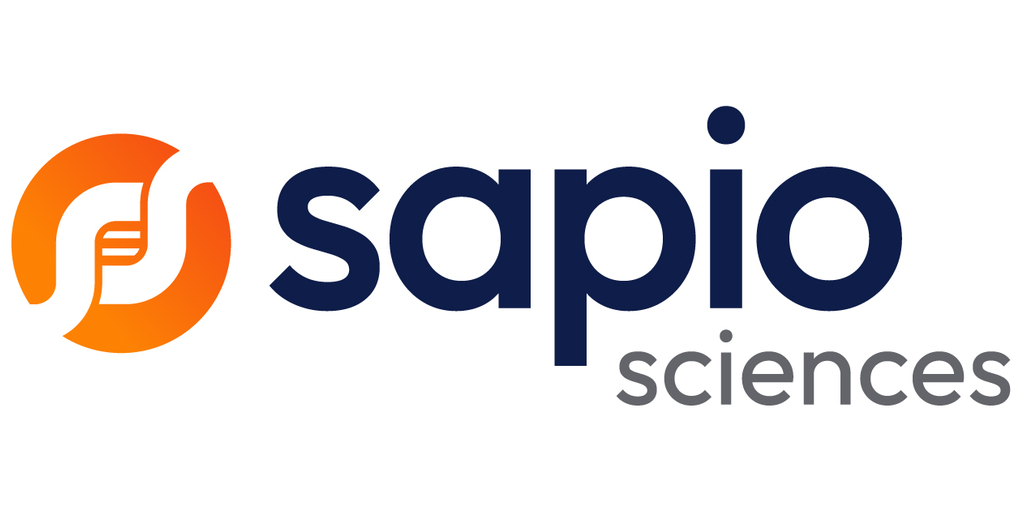A new guide explores how labs can evaluate whether their sample management system is powering progress—or quietly holding them back.
Every sample holds potential insights. Yet many labs find those insights trapped in outdated systems that scatter data across spreadsheets, emails, and disconnected tools. The result is wasted time, compliance risks, and delayed discoveries.
The Hidden Challenges of Sample Management
Research teams know the pain of chasing missing information. Reconstructing an experiment from six months ago or preparing for an audit can consume days instead of minutes. These challenges aren’t just inconvenient—they slow science and increase risk.
According to the guide, a modern sample management system should support:
- Fast, consolidated access to complete sample data
- Bulk registration that keeps pace with high volume
- Automated audit trails that ensure ongoing compliance
If even one of these areas falls short, the system may be costing the lab more than it saves.
A Resource for Lab Leaders
The guide lays out five tests every lab can use to score their current approach. From locating samples in freezers to retracing full experiment histories, these benchmarks highlight whether a system is ready for today’s demands.
It also outlines solution requirements such as centralized dashboards, embedded SOPs, and real-time monitoring—all designed to shift labs from reactive problem-solving to confident decision-making.
CLP is pleased to host this resource, making it available to its readership as part of an ongoing focus on practical solutions for modern laboratory challenges.
Readers are invited to access the full guide, take the five-question test, and see where their own systems stand.
Sponsored by






